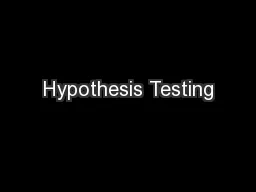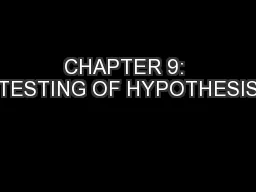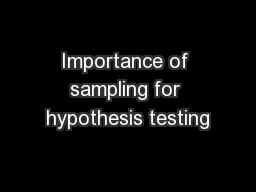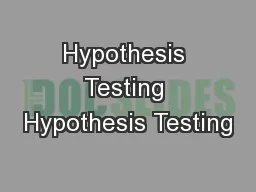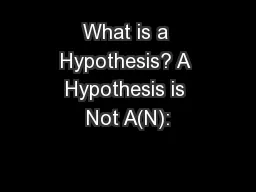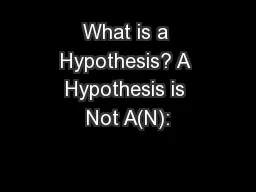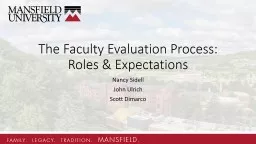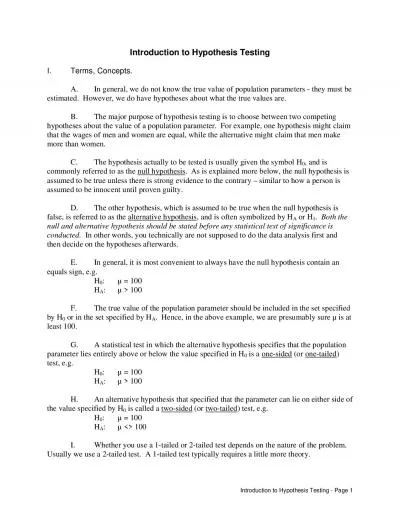PPT-Hypothesis testing: A die-hard tradition
Author : phoebe-click | Published Date : 2018-11-06
Chong Ho Yu Alex Fords Model T in Statistics Most statistical procedures that we still use today were invented in the late 19 th century or early 20 th century The
Presentation Embed Code
Download Presentation
Download Presentation The PPT/PDF document "Hypothesis testing: A die-hard traditio..." is the property of its rightful owner. Permission is granted to download and print the materials on this website for personal, non-commercial use only, and to display it on your personal computer provided you do not modify the materials and that you retain all copyright notices contained in the materials. By downloading content from our website, you accept the terms of this agreement.
Hypothesis testing: A die-hard tradition: Transcript
Download Rules Of Document
"Hypothesis testing: A die-hard tradition"The content belongs to its owner. You may download and print it for personal use, without modification, and keep all copyright notices. By downloading, you agree to these terms.
Related Documents


